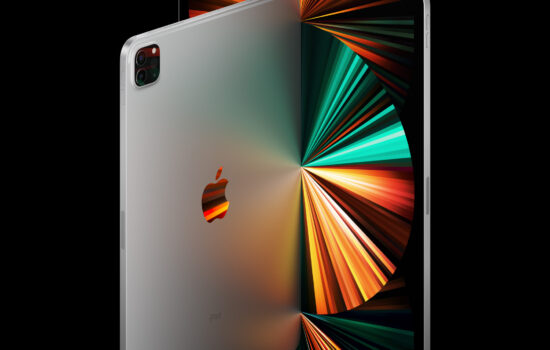For the first time for Apple Silicon, Apple introduced the iPad Pro with the M4 chip as its first device to feature the next-generation M-series chip. The M4 chip is based on the second-generation 3nm architecture, which brings breakthrough technologies, including the most advanced Neural Engine and support for hardware-accelerated ray tracing/mesh shading. The M4 chip consists of up to 10 cores of CPU and 10 cores of GPU.
Yes, that’s right. If you head to the iPad Pro’s tech specs page, you’ll see that not all storage tiers will feature the same variant of the M4 chip. Previously with both the M1/M2, Apple used the un-binned variant of that chip for all of the storage tiers for the iPad Pro. However, starting with the iPad Pro (M4), Apple differentiated the iPad Pro’s storage tiers even further. If you get either the 256GB or 512GB model, you’ll get the 9-core CPU variant. However, if you get either of the higher tiers (1TB or 2TB), you’ll get the full-fledged 10-core CPU variant.
This detail of the spec differentiation may not matter to the average user, but it’s still worth pointing out. Apple has also offered two variants (binned and un-binned) of the standard M-series chip on both the 13-inch MacBook Air and iMac for years.
Since the iPad Pro is the first product to feature the M4 chip, offering binned variants on the lower-end tiers would allow Apple to still use those chips and offset the R&D costs of the iPad Pro (M4).
The 11-inch iPad Pro (M4) starts at $999, and the 13-inch iPad Pro (M4) starts at $1,299.
If you enjoy our content, make sure to follow @Appleosophy for more articles or deals to come.








